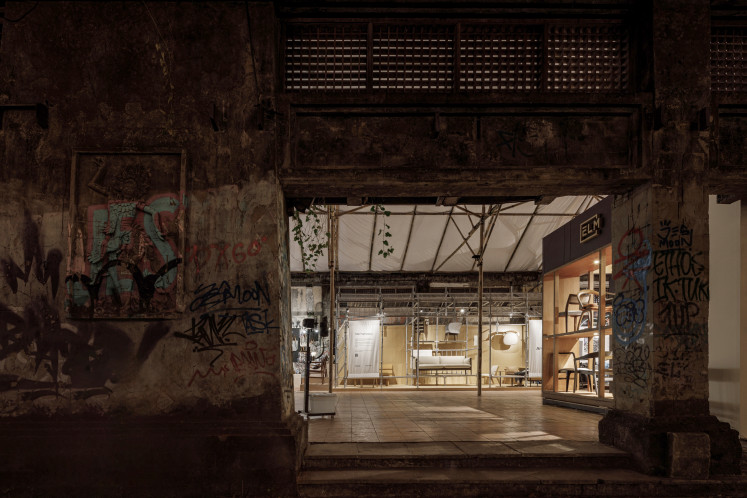Opening your window curtains can keep you healthy, study says
Results showed that dust that was kept in the dark contained organisms that were closely related to species associated with respiratory diseases.
Change text size
Gift Premium Articles
to Anyone
 Opening your window curtains more often is probably a good idea as a new study by researchers at the University of Oregon found that dark rooms held 12 percent living and actively reproductive bacteria, almost twice as much as the 6.8 percent present in rooms that were exposed to daylight, and the 6.1 percent in rooms that were exposed to UV light. (Shutterstock/File)
Opening your window curtains more often is probably a good idea as a new study by researchers at the University of Oregon found that dark rooms held 12 percent living and actively reproductive bacteria, almost twice as much as the 6.8 percent present in rooms that were exposed to daylight, and the 6.1 percent in rooms that were exposed to UV light. (Shutterstock/File)
O
pening your window curtains more often is probably a good idea as a new study by researchers at the University of Oregon found that dark rooms held 12 percent living and actively reproductive bacteria, almost twice as much as the 6.8 percent present in rooms that were exposed to daylight, and the 6.1 percent in rooms that were exposed to ultraviolet light.
“Humans spend most of their time indoors, where exposure to dust particles that carry a variety of bacteria, including pathogens that can make us sick, is unavoidable.” lead author of the study Dr. Ashkaan Fahimipour said. “Therefore it is important to understand how features of the buildings we occupy influence dust ecosystems and how this could affect our health.”
Read also: Suppressing a sneeze can be dangerous, doctors warned
Members of the research team made several identical miniature rooms that were under intensely monitored climate control, all of which mimicked buildings in real life. These controlled rooms were then seeded with dust, which was collected from several residential homes.
After the rooms were seeded, one of three glazing treatments was applied to the windows of the rooms, so that the glass would allow either visible, ultraviolet or no light at all. The experiment lasted 90 days, after which the team collected dust from each controlled environment for analysis.
“Our study supports a century-old folk wisdom, that daylight has the potential to kill microbes on dust particles,” Fahimipour said.
Results showed that dust that was kept in the dark contained organisms that were closely related to species associated with respiratory diseases. In comparison, dust gathered from rooms that were exposed to daylight showed an absence of these organisms. It was also found that dust from rooms exposed to daylight contained less bacteria derived from human skin.
Researchers theorized that daylight caused the structure of the microbiome of dust particles to change to one more resembling the make-up that can be found outdoors. They cautioned that buildings such as homes and offices may contain structures and features that produce either higher or lower exposure to light, which would produce different results.
“We need more research to understand the underlying causes of shifts in the dust microbiome following light exposure.” Fahimipour added. (acr/kes)









